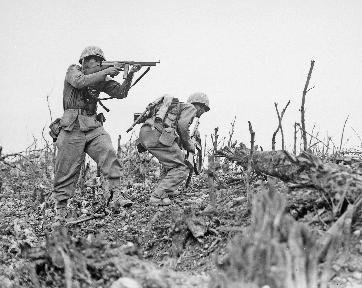Quiz Answer Key and Fun Facts
1. The initial plan for Operation Barbarossa called for the taking of Moscow in approximately how many months after the beginning of the operation on June 22nd ?
2. What major city in the Russian SSR (Soviet Union) is historically considered to be the 'Gateway to Moscow'?
3. In August/September, Hitler ordered the 2nd Panzer Group to help the 1st Panzer encircle and capture Kiev. The commander of the 2nd was furious, as his forces were steadily advancing towards Moscow. Who was he?
4. In October, Hitler thought there was a good chance of winning the war in the East, if all focus was concentrated on the Southern and Central parts of the front. While Heeresgruppe (Army Group) South moved on to Rostov on Don, Heeresgruppe Centre got orders to prepare for the assault on Moscow. Who was its commander?
5. In German, what was the name given to the operation to capture Moscow?
6. The Wehrmacht had a lot of divisions on the Eastern Front: roughly half of these were with Heeresgruppe Mitte. Roughly how many divisions was this?
7. The Army Group Centre was opposed by three Soviet Fronts. Which were they?
8. Who was the Soviet Commander of these Fronts?
9. Of the Wehrmacht's four Panzer groups and Panzer armies, three were somehow involved in the Battle of Moscow. The 3rd and 4th were to the north of the city and the 2nd was to the south of the city. Which one of these made the furthest advance and, according to some sources, even entered the suburbs of the city?
10. By early December, the Wehrmacht was unable to make any substantial advances. On 5th December the Soviet counter-attack was launched. It was here that Hitler for the first time issued an order that later in the war would be often repeated. What was it?
Source: Author
Kenny00
This quiz was reviewed by FunTrivia editor
bloomsby before going online.
Any errors found in FunTrivia content are routinely corrected through our feedback system.
